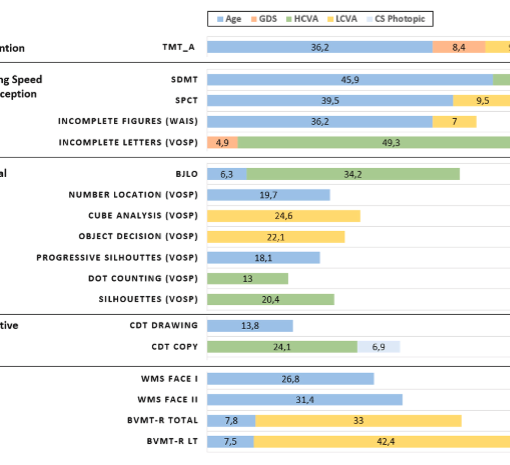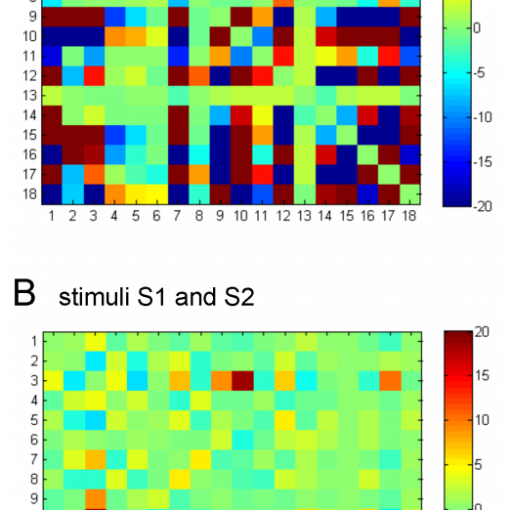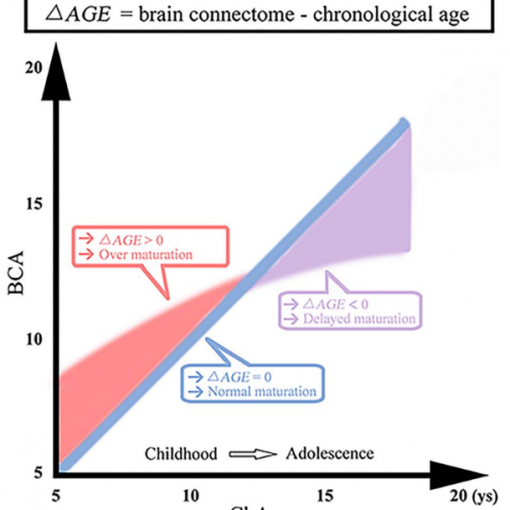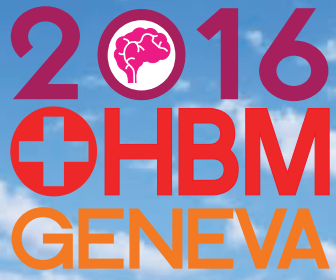D. Marinazzo, M. Pellicoro, Guo-Rong Wu, L. Angelini, J.M. Cortes and S. Stramaglia. Information Transfer and Criticality in the Ising Model on the Human Connectome. PLoS One 9: e93616, 2014 [pdf]
We implement the Ising model on a structural connectivity matrix describing the brain at two different resolutions. Tuning the model temperature to its critical value, i.e. at the susceptibility peak, we find a maximal amount of total information transfer between the spin variables. At this point the amount of information that can be redistributed by some nodes reaches a limit and the net dynamics exhibits signature of the law of diminishing marginal returns, a fundamental principle connected to saturated levels of production. Our results extend the recent analysis of dynamical oscillators models on the connectome structure, taking into account lagged and directional influences, focusing only on the nodes that are more prone to became bottlenecks of information. The ratio between the outgoing and the incoming information at each node is related to the the sum of the weights to that node and to the average time between consecutive time flips of spins. The results for the connectome of 66 nodes and for that of 998 nodes are similar, thus suggesting that these properties are scale-independent. Finally, we also find that the brain dynamics at criticality is organized maximally to a rich-club w.r.t. the network of information flows.





